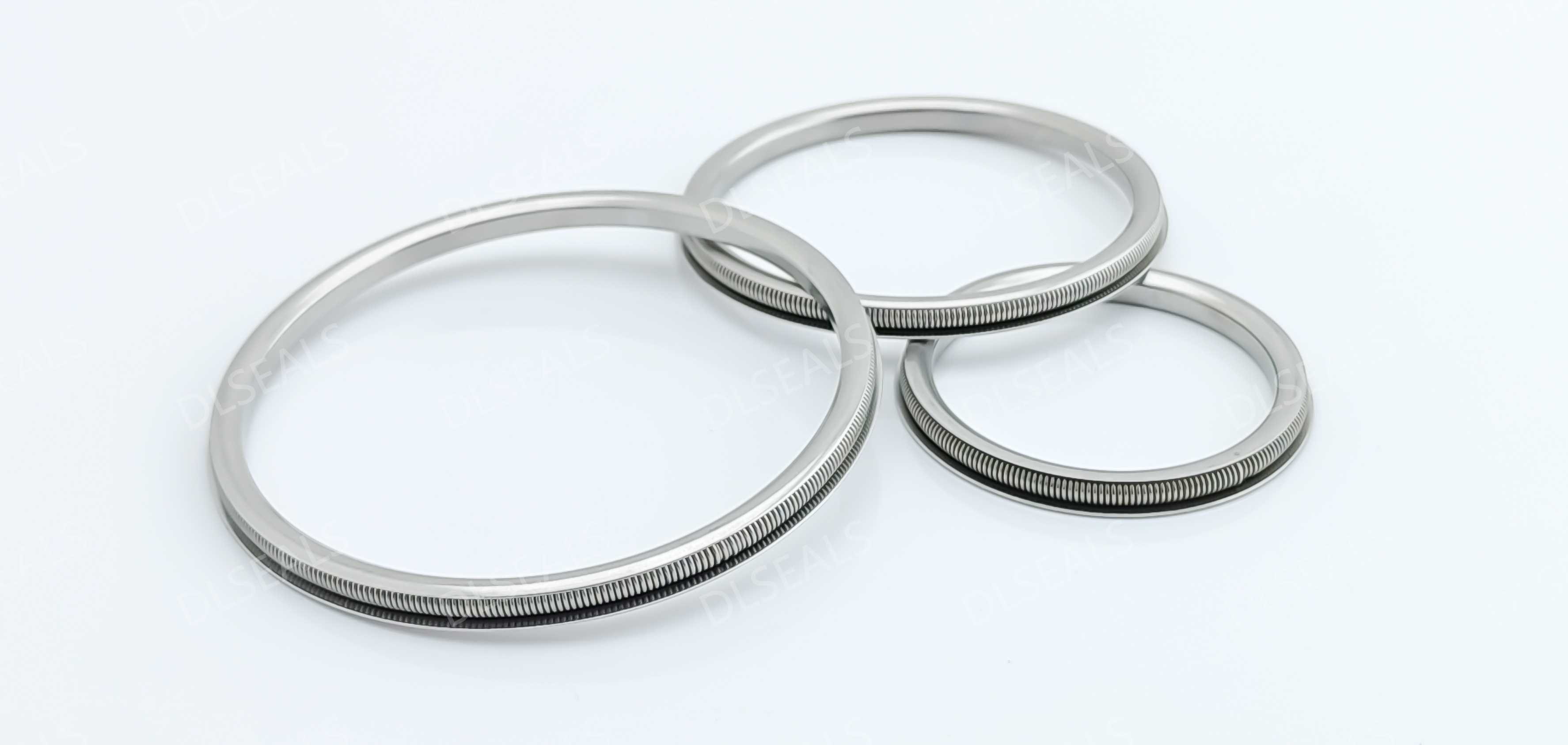
Metal sealing rings are often exposed to corrosive environments in many industrial applications, including chemical, oil, gas and offshore engineering. Under these conditions, the corrosion resistance of metal sealing rings is critical to their long-term performance and reliability. This study will explore the effects of corrosive environments on metal sealing rings and how to enhance their tolerance.
1. Characteristics of corrosive environments
Corrosive environments usually include the following characteristics:
Corrosive media: Chemical substances such as acids, alkalis, salts, chlorides, sulfides, etc., can accelerate the corrosion process of metals.
Temperature and pressure: High temperature and high pressure may aggravate the corrosion effect, making the corrosion resistance of materials more challenging.
Flow state: The flow state of the fluid in the equipment (such as turbulent or laminar flow) will also affect the corrosion rate.
2. Material selection for metal sealing rings
2.1 Corrosion-resistant materials
Stainless steel:
Austenitic stainless steel (such as 304, 316): has good corrosion resistance to most acidic and chloride environments.
Duplex stainless steel (such as 2205, 2507): combines the advantages of austenite and ferrite, with higher corrosion resistance and mechanical strength.
Alloy materials:
Nickel-based alloys (such as Inconel, Hastelloy): perform well in extreme corrosive environments and are suitable for high temperatures and highly corrosive media.
Titanium and its alloys: provide excellent corrosion resistance in strong acid environments, but the cost is high.
2.2 Coating technology
Anti-corrosion coating:
Apply anti-corrosion coatings such as polyester and epoxy resin to improve the corrosion resistance of sealing rings.
Metal coatings such as zinc plating and nickel plating can provide an additional protective layer to prevent corrosion.
Anodizing:
Applicable to aluminum alloy sealing rings, anodizing to form a dense aluminum oxide layer to enhance corrosion resistance.
3. Corrosion resistance test
3.1 Corrosion rate test
Weight loss method:
Immerse the sample in a corrosive medium, weigh it regularly to determine the weight loss, and then calculate the corrosion rate.
Electrochemical test:
Use polarization curves, EIS (electrochemical impedance spectroscopy) and other methods to evaluate the corrosion resistance of the material.
3.2 Corrosion resistance test environment
Accelerated corrosion test:
Use controlled corrosive media (such as salt spray test, acid gas exposure) in laboratory environment to simulate actual working conditions and accelerate the test of material corrosion resistance.
Long-term immersion test:
Immerse samples in specific corrosive media to observe changes in their physical properties and microstructure.
4. Failure analysis and improvement measures
4.1 Failure mode analysis
Pitting corrosion:
Small holes produced on the metal surface, this phenomenon has a serious impact on the sealing performance, usually occurs in a chloride ion environment.
Uniform corrosion:
The overall corrosion of the material surface gradually weakens the material strength and affects the sealing effect.
Stress corrosion cracking (SCC):
Cracking caused by high stress and corrosive environment, especially in chlorinated environment.
4.2 Improvement measures
Material optimization:
Select new materials with better corrosion resistance.
Develop and introduce high-performance alloys or composite materials.
Design improvement:
Optimize the design of the sealing ring to reduce stress concentration and reduce corrosion areas.
Consider the geometry and installation method of the sealing ring to improve tolerance.
Surface protection:
Add surface protection measures to strengthen wear and corrosion protection.
Use self-repairing coating technology to improve long-term corrosion resistance.
5. Application cases and conclusions
5.1 Application cases
Oil and gas:
During oil and gas extraction and processing, metal sealing rings need to withstand harsh environments such as brine and acidic gas. High-alloy stainless steel and special nickel-based alloys are usually used as sealing materials.
Chemical industry:
In harsh chemical media (such as various acids and alkalis), sealing rings with coatings and composite materials show excellent corrosion resistance.
5.2 Conclusion
The study of the tolerance of metal sealing rings in corrosive environments is crucial to ensure the long-term reliable operation of equipment. Through reasonable material selection, effective anti-corrosion protection and scientific corrosion resistance testing, the life and performance of metal sealing rings can be significantly improved. With the advancement of science and technology, future research can focus on new materials and innovative coating technologies to meet more stringent industrial application needs.
Post time: Nov-06-2024
